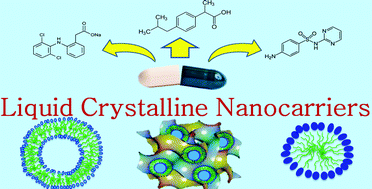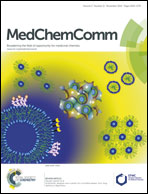Amphiphilic designer nano-carriers for controlled release: from drug delivery to diagnostics
Abstract
Vesicles formed by self-assembly of lipids and surfactants are increasingly recognised as carriers for drug delivery applications in disease targeting and many other biomedical-related areas, demonstrable by the growing number of significant publications. This manuscript reviews important facets of lipid-based vesicles as drug carriers and their surface modifications to achieve controlled release and selective cell targeting. We cover both the more commonly used ionic phospholipid vesicle carriers and the rapidly growing field of non-ionic vesicles/niosomes using self-assembly of uncharged amphiphilic molecules, which could be formed by using sugar surfactants or glycolipids, sorbitan esters, and polyoxyethylene alkyl ethers. Due to their lower cost, biodegradability, low-toxicity, low-immunogenicity and specific sugar-cell recognition, much attention would be devoted to glycolipid bio-surfactants as potential carriers for targeted delivery. Specifically, our review points to the design consideration of lipid and surfactant nano-carriers based on critical packing parameter, membrane curvature, and the effects of hydrophobic chain structures. We have also dedicated a section of this review to summarise some novel applications of various lipid liquid crystal phases in drug delivery, and how in turn these are related to chemical structures of the lipid entities. The final section of this review outlines the application of lipid vesicles as delivery agents for diagnostic imaging.


 Please wait while we load your content...
Please wait while we load your content...